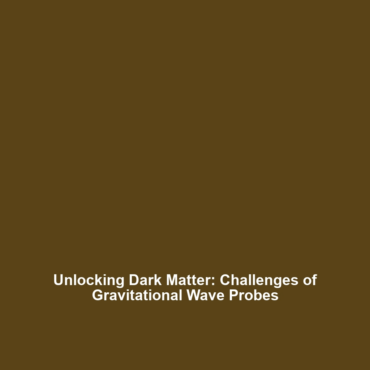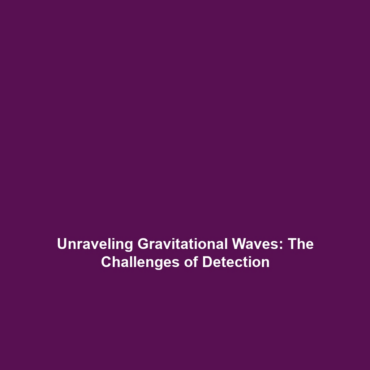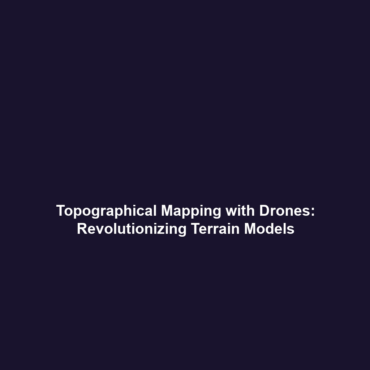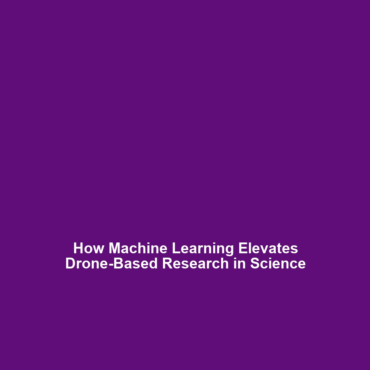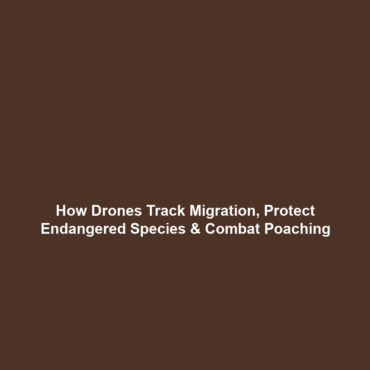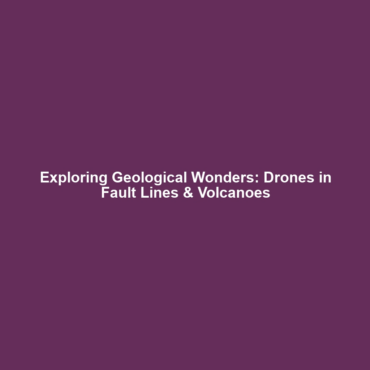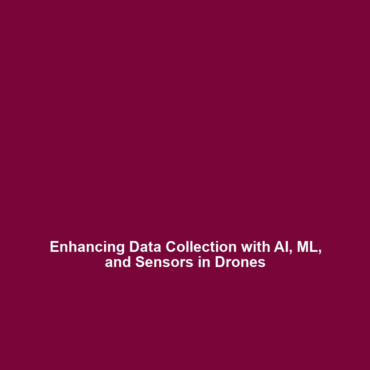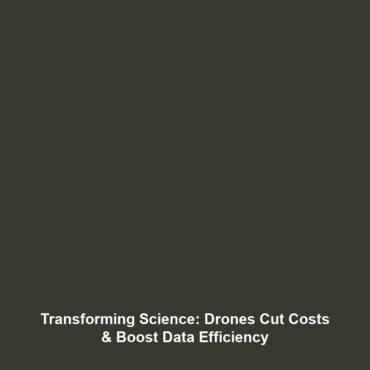Challenges in Using Gravitational Waves to Probe Dark Matter
Gravitational waves, ripples in spacetime caused by massive astrophysical events, are gaining recognition as potential tools for unveiling the mysteries of dark matter. However, their use in probing dark matter presents various challenges that researchers strive to overcome. Understanding these challenges is crucial as they highlight both the limitations and opportunities within the field of gravitational wave astronomy, reshaping our perception of the universe.
Key Concepts
The exploration of challenges in using gravitational waves to probe dark matter encompasses several key concepts:
Gravitational Waves
Gravitational waves are produced during catastrophic events, such as the collision of black holes or neutron stars, which emit energy that propagates through the universe. They are detected using highly sensitive instruments like LIGO (Laser Interferometer Gravitational-Wave Observatory) and Virgo.
Dark Matter
Dark matter, an invisible substance that constitutes approximately 27% of the universe, does not emit light or radiation. Its presence is inferred from its gravitational effects on visible matter, such as galaxies and galaxy clusters. Understanding its nature is one of the outstanding questions in modern cosmology.
Applications and Real-World Uses
The use of gravitational waves to probe dark matter holds the potential for several significant applications:
- Cosmological Insights: Gravitational waves could lead to a better understanding of dark matter distribution across cosmic structures.
- Study of Exotic Objects: Observing gravitational waves from exotic astronomical events may reveal interactions that hint at the properties of dark matter.
- Mapping Dark Matter: Techniques could be developed to map dark matter through its gravitational influence on wave propagation.
Current Challenges
Despite their promise, there are notable challenges and limitations associated with employing gravitational waves to study dark matter:
- Sensitivity Limitations: Current detectors may not be sensitive enough to detect subtle effects of dark matter on gravitational waves.
- Signal Noise: Distinction between background noise and gravitational wave signals complicates analysis.
- Theoretical Uncertainties: Models of dark matter interactions need development and refinement to match gravitational wave observations.
- Data Volume: The increase in observational data from gravitational wave events requires advanced algorithms for effective analysis.
Future Research and Innovations
Future research into the challenges of using gravitational waves to probe dark matter is vital for advancements in the field. Anticipated innovations include:
- Next-Gen Detectors: Development of more sensitive detectors could enhance the ability to detect gravitational waves impacted by dark matter.
- Quantum Technologies: Incorporating quantum technologies may improve data collection and analysis precision.
- Theoretical Breakthroughs: Ongoing collaboration between theorists and observational scientists could lead to new insights on dark matter properties.
Conclusion
The challenges in using gravitational waves to probe dark matter represent both obstacles and opportunities in the quest for understanding the universe’s mysterious makeup. Addressing these challenges will not only enhance the field of gravitational waves but also open new avenues in astrophysics. For those interested in further exploring gravitational waves’ implications on dark matter or related topics, consider visiting our additional resources.
